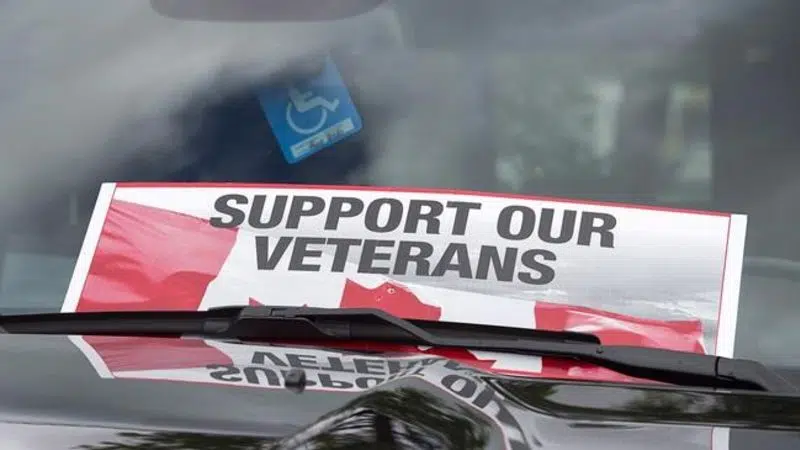
Average vet faces 32-week wait for benefits decision, double government target
OTTAWA — The long delays many veterans face when applying to the government for assistance for service-related injuries have reached a new milestone.
Former service members have long been promised that most will know within 16 weeks whether they are eligible for financial compensation or medical treatment.
But Veterans Affairs Canada says the average wait time for initial applications is now twice as long — 32 weeks — as requests for assistance continue to outpace the department’s ability to process them.
That represents a dramatic increase from December when, according to secret briefing notes provided to then-veterans affairs minister Jody Wilson-Raybould, the average wait time for such applications was 24 weeks.


